History
The history and development of Australia culture and geography.
The cultures of Australia and the pacific region influenced and were influenced by the geography of the area. Over time, the landscape of Australia has continued to evolve with many of the things that existed as a fundamental part of this region now extinct or gradually depleted. In a world where depletion and extinction are happening at a record pace, it is the job of the museum to ensure that the future generation meets something that will give them an insight into our past and help them to understand better the environment they find themselves. This is what we do with our collection of fossils, extinct animals, and other artefacts and objects.
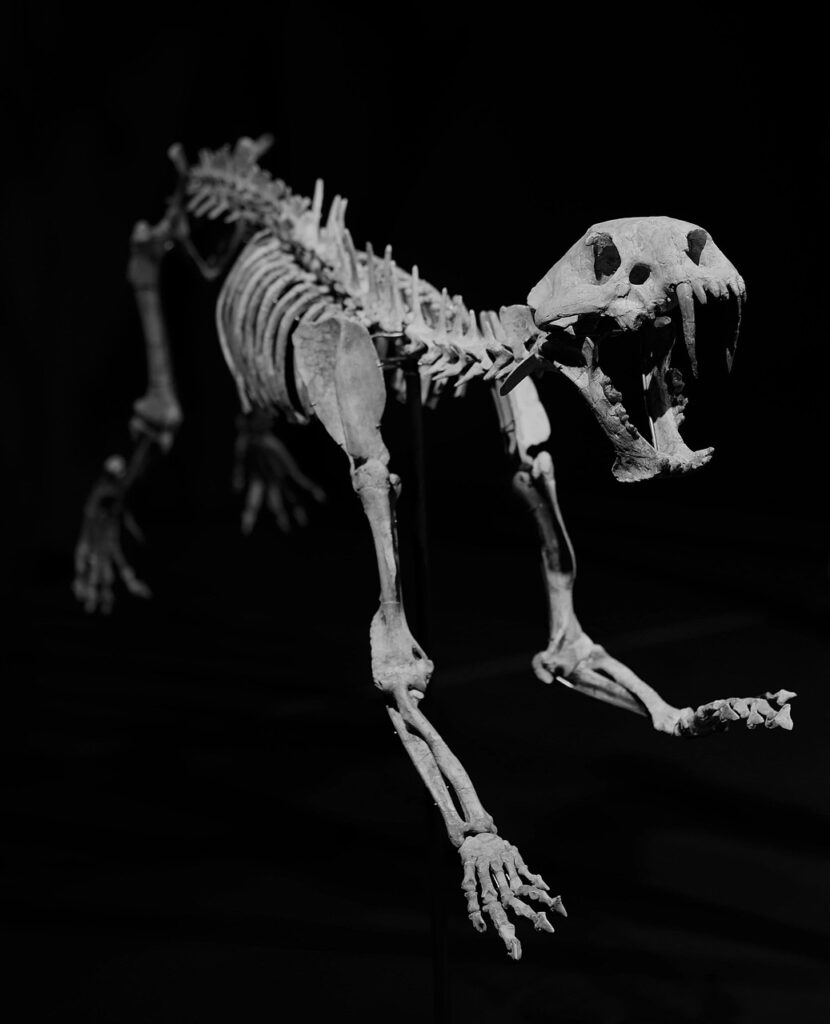
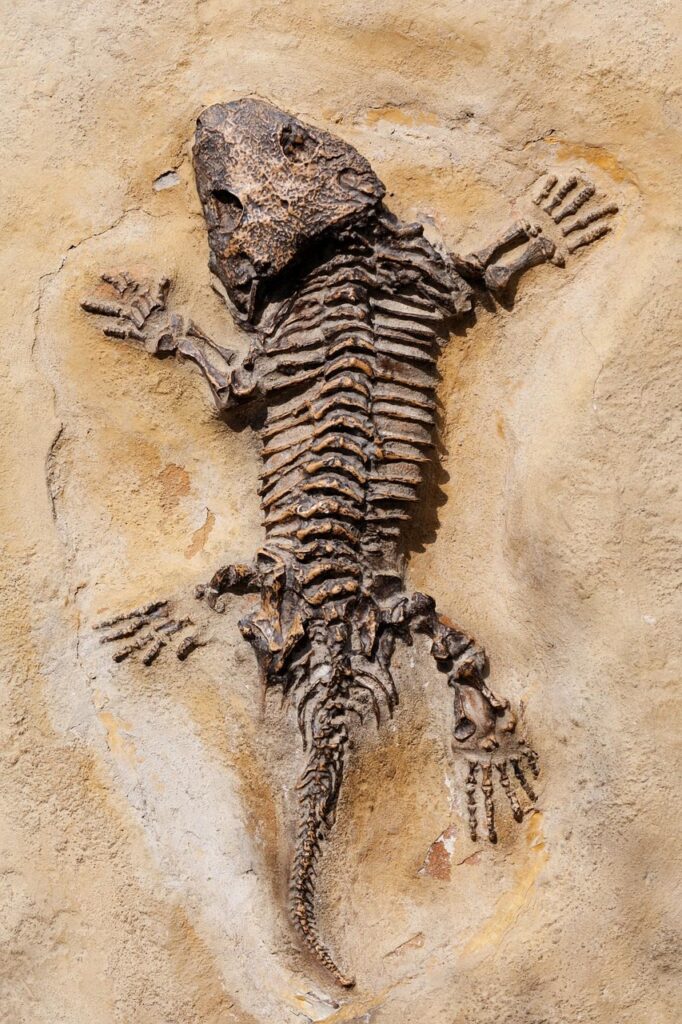
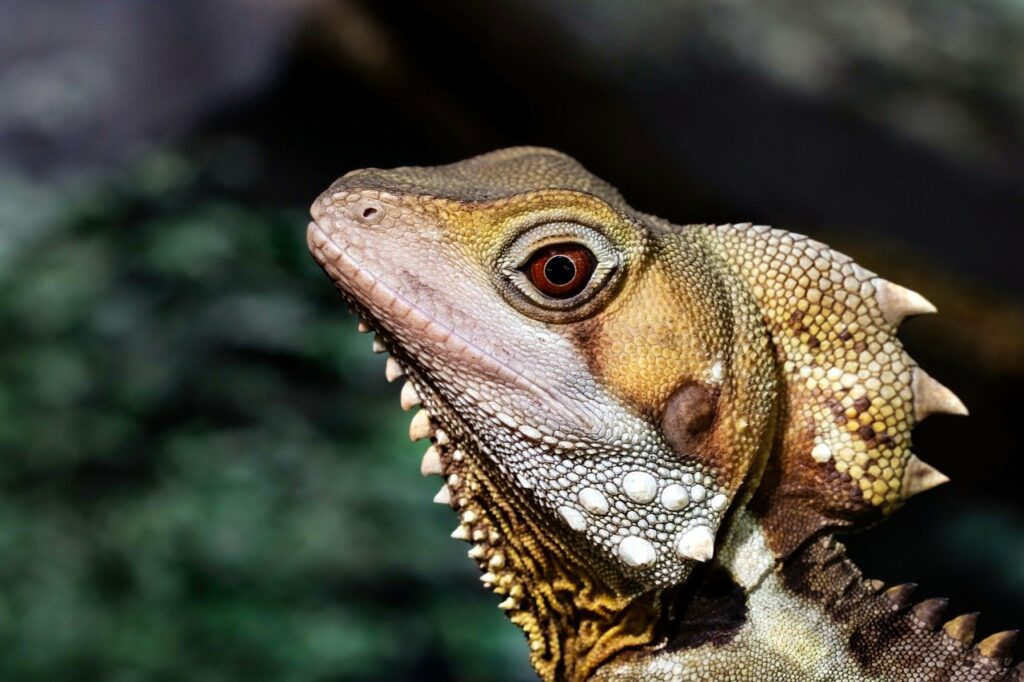
Australia Extinct Animals
The Australian and Pacific regions contain a unique
assemblage of animal species that are unique to this region alone. This is especially so among mammals with more than 80% of mammals in this region found to be endemic.
The reason for this is the long isolation of Australia from other continents. Around 40 million years ago, Australia separated from Gondwana, from that period till about 20 million years ago when the continent shifted close to South East Asia, Australia was practically isolated, and its mammals evolved independently of their counterparts in other parts of the world. The groups that witnessed the most endemism are the marsupials and monotremes who were on the Australian continent before it broke off Gondwana. Today, monotremes are exclusive to New Guinea and Australia while marsupials can be found in South America, North America, Indonesia, new guinea, and Australia.
Australia and new guinea have similar mammals today because both were once part of the same land until the land bridge connecting them subsided 15 million years ago. The level of endemism is much lower among eutherian mammals, rodents, and bats. This is likely because rodents only got into Australia about 4 million years ago. The origin of bats remains inconclusive although there is evidence that it was due to migration from Asia. Due to the level of endemism in the fauna of Australia, it is essential to conserve them and for those that are already extinct, to have their representation and information for the current and future generations.
Megafauna
This represents the large animals that inhabited the world around 1.6 million to 10,000 years ago during the Pleistocene Epoch. Australia had its share of megafauna, which included the goanna Megalania and the wombat-shaped Diprotodon. Today, megafauna on all continents have gone extinct except in Africa where there are still hippopotamuses, rhinoceroses, giraffes, and elephants. The reason for this extinction has been attributed mostly to the ecological an environmental factor.
Sometimes, there is no better way to study the history of the
regions and the changes that have occurred over time than by looking at the extinctions and the factors that led to it. It is very likely some of the first indigenous people to live in the Australian and Pacific region may have coexisted with the megafauna.
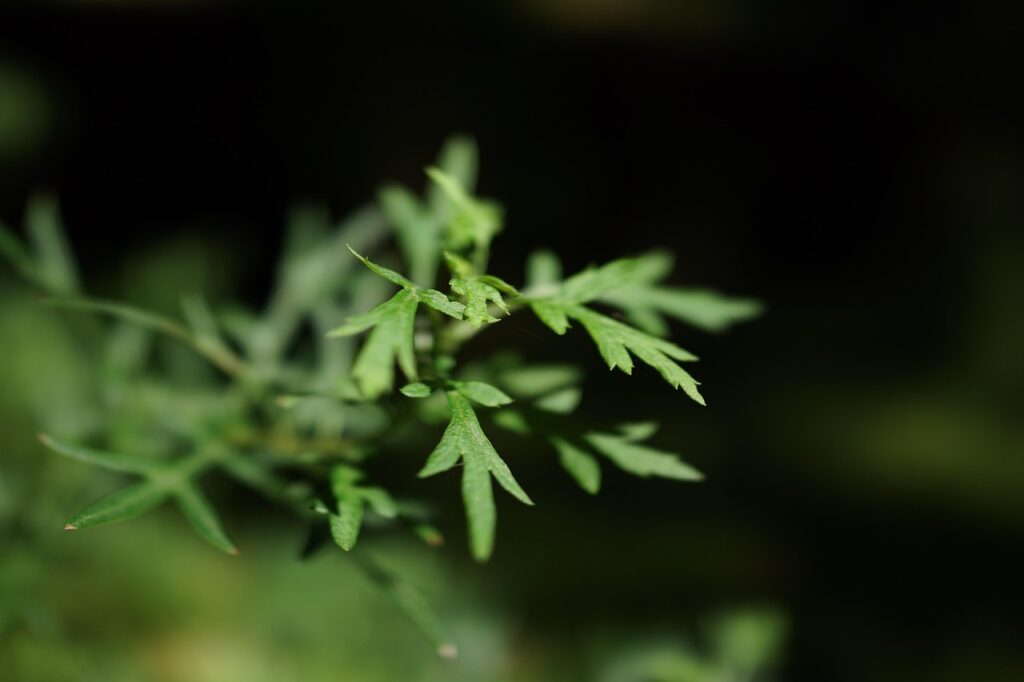
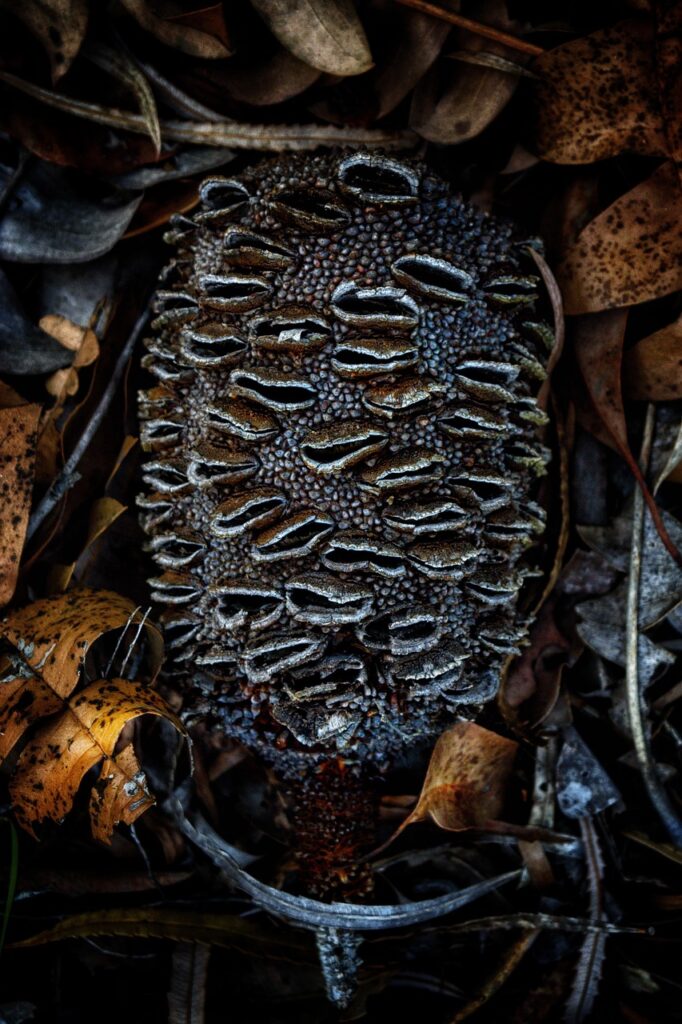
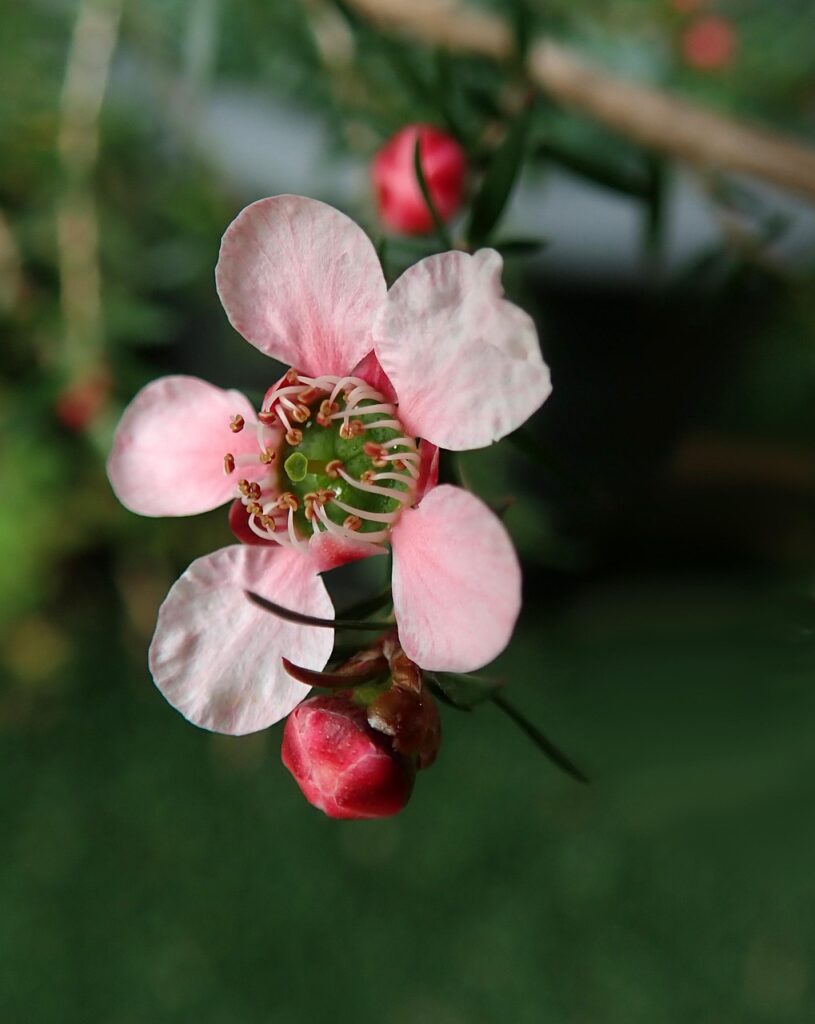



Culture
Museum Avignon is a great place to learn all about the history of Australia and the historical development of the region over time. Lying between the Indian and the Pacific Ocean, Australia is the largest island in the world and one of the largest country as well. It was initially inhabited by the Aborigine who is regarded as the oldest living cultural civilisation in the world. This shows that the region’s civilisation far before the arrival of the British and Europeans. It is believed that the first human population in the Australian region as far back as 65,000 years at least.
There are diverse opinions on where the first people to inhabit this region came from. There are anthropologists who believe that these people arrived on the Australian continent from Africa due to the migration of that period. However, it is hard to demonstrate that Australian Aborigines are related to Melanesian or Asian population today. There is however evidence of linguistic and genetic interchange between Austronesian people in modern New Guinea and its island and the Australians of the far north. It is possible that this is because of intermarriage and trade.
There are estimates as to the number of people residing in Australia when the British colonised it in 1788. The estimates vary between 300,000 to 1 million, and some even estimate a population of 1.25 million. All the same, the cumulative population of people who have lived in Australia through the 65,000 years before the arrival of the British is put a 1.6 billion. The areas that were mostly inhabited by the Aborigine are the temperate regions that are currently the most densely populated areas of Australia.
The population of the Aborigines decreased drastically when the colonisation started in 1788, dropping to 50,000 by 1930. There are different opinions as to what led to this decline. Some claim it was due to the outbreak of diseases such as smallpox which affected the indigenous population since they had no immunity against it. Others believe it was due to the frontier clashes and deliberate killing of the indigenous people in some instances. After the colonisation, the indigenous population, especially those living in the coastal areas were either depleted, absorbed, or forced off their land. It is only in areas where European settlement was sparse that the traditional aborigine life still persisted in its entirety. One of such places is the Great Sandy Desert. While the Aboriginal Tasmanians got close to becoming extinct, there are still thriving Aboriginal communities in different parts of Australia.
The Aborigines represents a substantial part of the Australian culture and civilisation, which is why we have several collections of artefacts and objects that represent this period of region history. Our researchers continue to study this period of our history, the geology of that period and other features that represent that period. You can come to visit our museum to discover and learn more about the cultures of Australia through objects, research works, and other resources.